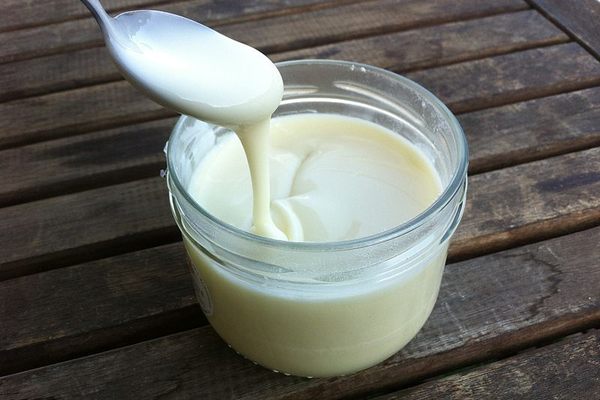Fruits & Vegetables
Charentais Melon
The melon has its own sculpture, festival, and order of knights.
When you’ve found the birthplace of the Charentais melon, you’ll know it. A nine-ton sculpture of the iconic fruit towers over highway A7 as visitors reach Cavaillon, the small town in the south of France that’s home to what some call the greatest melon in the world.
Reverence for the melon reaches an annual fever pitch with the Feria du Melon each July. Tastings of peak-season melon, melon-centric art galleries, farm tours, and dancing span the weekend before Bastille Day, overseen by an actual Brotherhood of Knights (the Confrérie des Chevaliers de l’Ordre du Melon de Cavaillon) sworn to uphold the melon’s good name by inspecting the harvest for taste, density, and appearance. The weekend culminates with the running of 100 Camargue horses through the streets of the ancient town.
Needless to say, this is not your average cantaloupe (the ones in North America are usually muskmelons anyway). The honorable Charentais has a tropical perfume and deeply orange flesh that is mildly acidic with citrusy, rosy notes. A ripe Charentais has 10 green stripes—not nine, not 11—and is ready to eat when its stem can easily be pulled away. The heavier it is, the sweeter its flesh. A typical Provençal summer snack is small scoops of Charentais splashed with port.
It’s far from clear when and how the melon came to Cavaillon. It’s documented that visiting dignitaries as far back as the 16th century were greeted with slices of the Charentais. Its reach remained local until trains in the 19th century gave the fruit a path to Paris and broader fame.
In 1864, the Cavaillon Library requested a donation of works from Alexandre Dumas to add to their fledgling collection. He responded, “I agree on one condition: if the town and the Cavaillon authorities think highly of my books, I also love their melons and I would like, in exchange for my 300 or 400 volumes, that a by-law be passed awarding me a life annuity of 12 Cavaillon melons a year.” The by-law passed and Dumas enjoyed a dozen Charentais annually until he passed away in 1870. Before he did, however, he was able to publish one last book, Le Grand Dictionnaire de Cuisine. An entry on the Charentais melon declared that it was the greatest melon he’d ever encountered.
Where to Try It
-
Maison Prévôt Website
353 Avenue de Verdun, Cavaillon, 84300, FranceThis restaurant offers a seasonal five-course melon-based menu, serving the Charentais any way you can imagine.
Written By
 lukefater
lukefater



















